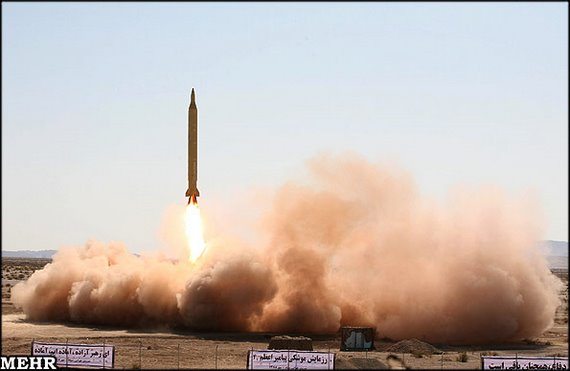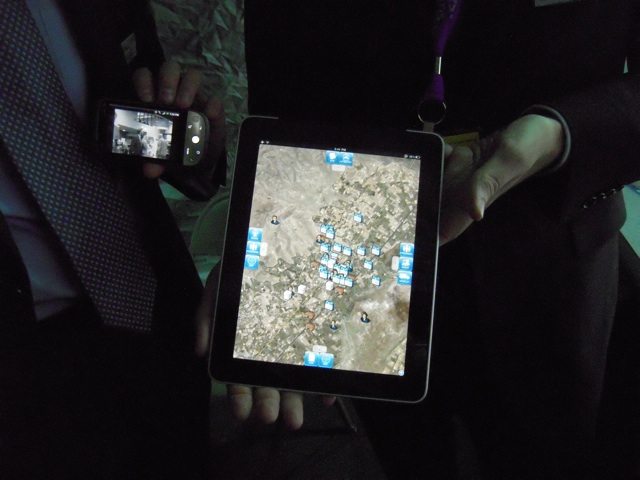Iran’s Revolutionary Guards on Monday unveiled an “underground missile silo” which the elite force said will allow them to launch the country’s long-range ballistic missiles, state television reported.
The broadcaster showed footage of a facility at an unknown location, with an “underground missile silo” holding a projectile described as a Shahab-3.
The unveiling came as the Guards on Monday began a military exercise, codenamed Great Prophet-6, which was to include the launching of different range ballistic missiles.
“The technology to build these silos is completely indigenous,” the state television website quoted the exercise’s spokesman, Colonel Asghar Ghelich-Khani, as saying.
State television also showed a missile launch, without specifying its type or when the firing took place.
With a range of nearly 2,000 kilometres (1,240 miles), the Shahab-3 is a liquid-fuelled missile which can theoretically reach Israeli territory as well as US bases in the Middle East.
In recent years, Iran has tested a dozen of these missiles, which are believed to have been derived from the North Korean No-Dong missile.
The Islamic republic says the latest exercise would carry “a message of peace and friendship to the countries of the region.”
In late May, Iran said it had equipped the Revolutionary Guards with a new surface-to-surface missile, the Qiam-1, which it said was built locally and test-fired last August.
Iran says it has a wide range of missiles in its arsenal, and regularly boasts about developing projectiles with substantial range and capabilities. Western military experts cast doubt over its claims, however.
The country’s missile programme, which is under the control of the powerful Guards, along with its space projects, have been a source of concern in the West.
World powers fear that Tehran is developing a ballistic capability to enable it to launch nuclear warheads which they suspect Iran is seeking to acquire under the guise of its civilian atomic programme.
But Iran has steadfastly denied the Western allegations, insisting that its nuclear and space programmes have no military objectives.











